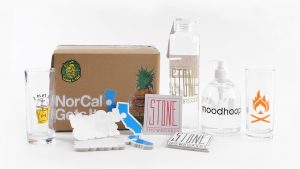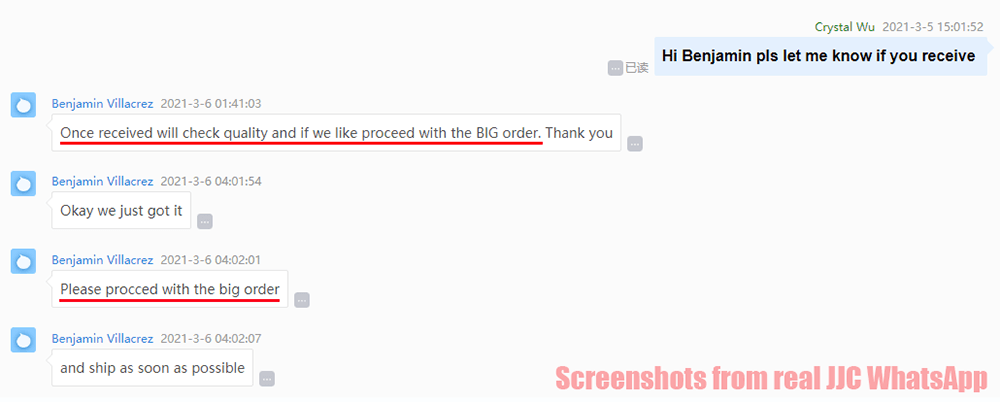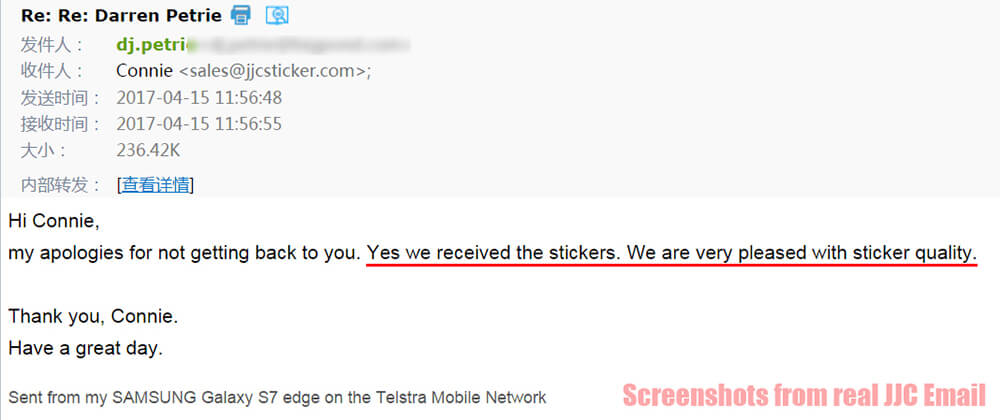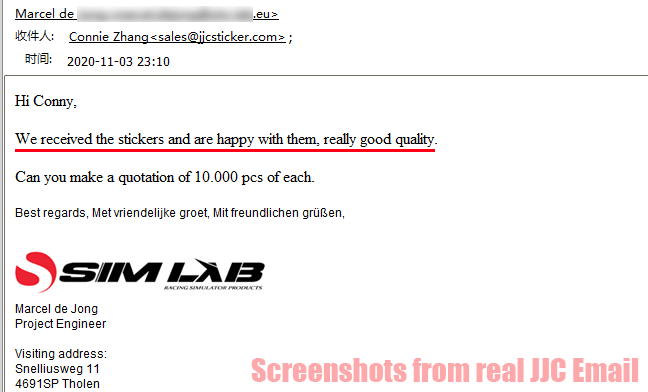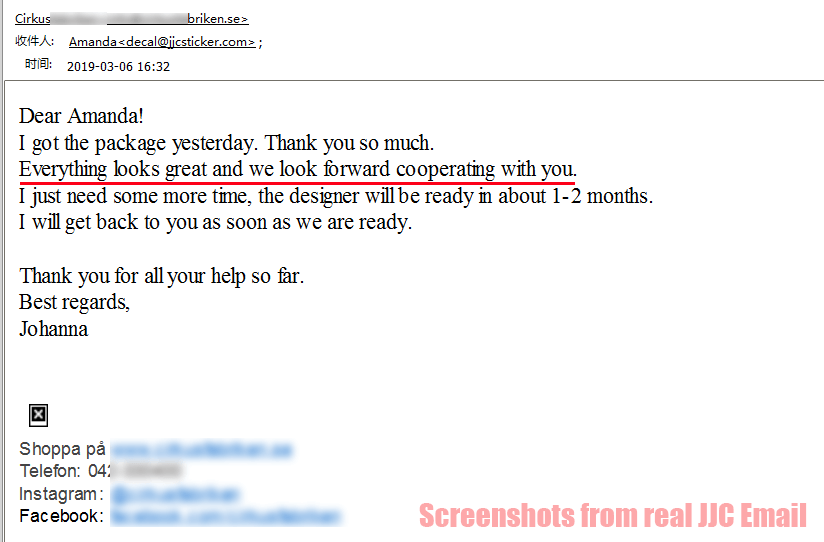Stickers are a versatile and widely popular form of adhesive art that can be used for various purposes. They have become an integral part of our daily lives, with their ability to add personality and flair to any object they are applied to. In this article, we will explore the different types of stickers available in the market today, highlighting their unique characteristics, uses, as well as their pros and cons.
Paper Sticker

Paper stickers, also known as paper labels, are the most common type of stickers. They are made from a thin, flexible paper material, coated with adhesive on one side for easy application. Paper stickers can be easily customized to meet specific requirements, making them a popular choice for businesses looking to create promotional or branding materials.
Paper stickers offer several advantages. Firstly, they are cost-effective, making them suitable for large-scale printing projects. Additionally, they can be easily printed using standard printers, eliminating the need for specialized equipment. However, they are not as durable as other types of stickers, and they may be prone to damage from moisture or prolonged exposure to sunlight.
Vinyl Sticker
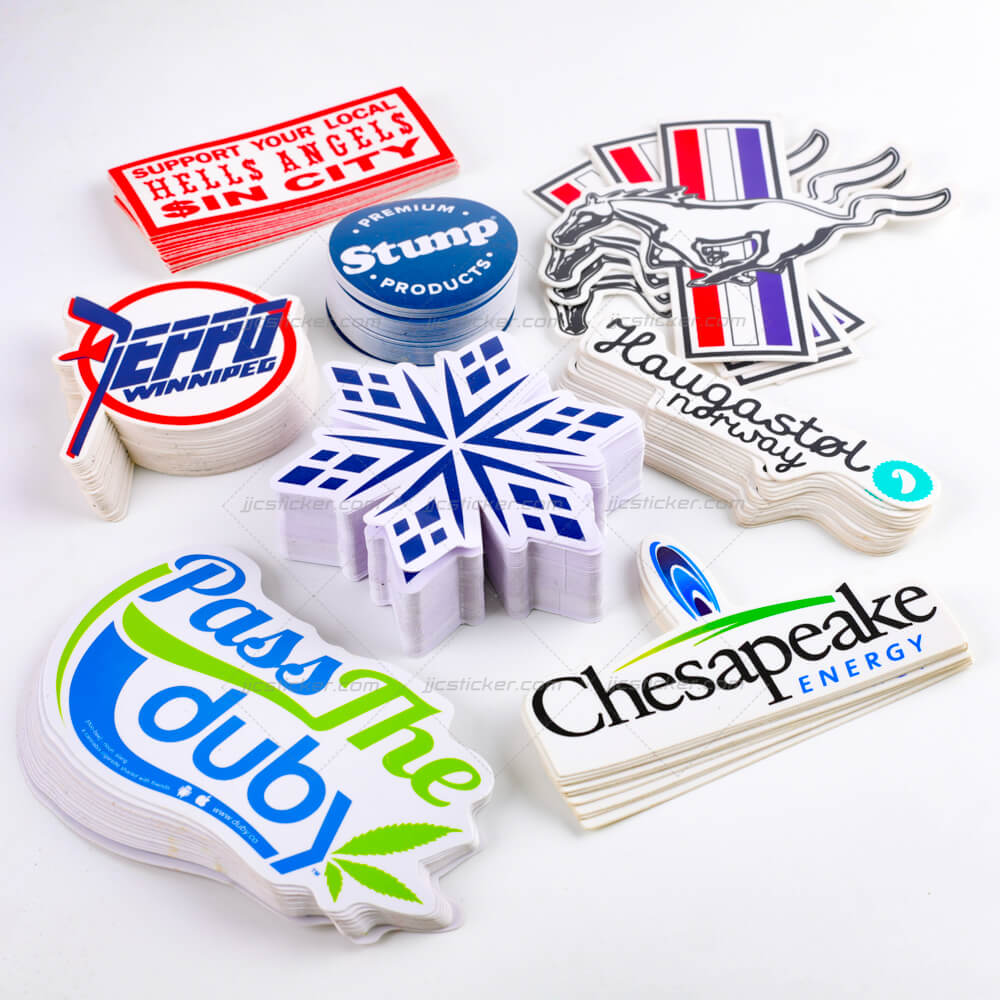
Vinyl stickers are made from a durable, flexible, and weather-resistant material called vinyl. They are preferred by many due to their ability to withstand harsh conditions and extended outdoor use. Vinyl stickers are commonly used for outdoor signage, bumper stickers, or product labeling that requires durability and longevity.
The advantages of vinyl stickers are numerous. They are waterproof, fade-resistant, and can withstand intense UV rays without losing their color or quality. They are also flexible and can conform to various surfaces, including curves and uneven textures. On the downside, vinyl stickers can be more expensive than paper stickers, and the adhesive might leave residue when removed.
Clear Sticker

Clear stickers, as the name suggests, are transparent stickers that blend seamlessly with any surface. They are made from a clear vinyl material, which allows the background to show through the design. Clear stickers are often chosen when the appearance of the surface is important, as they create the illusion that the design is directly printed on the object.
The main advantage of clear stickers is their versatility and ability to be applied to any colored background without compromising the design’s visibility. They are commonly used for retail and product labeling, as well as for adding decorative elements to windows or glass surfaces. On the downside, clear stickers may be less visible on certain surfaces with a similar color tone, diminishing their impact.
Transfer Sticker

Transfer stickers, also known as vinyl decals or decal graphics, consist of three layers: the transfer tape, vinyl design, and backing paper. These stickers are typically used for larger designs or lettering that require precise placement. The transfer tape allows for easy application by transferring the design from the backing paper to the desired surface.
The key advantage of transfer stickers is their ability to create intricate designs and text that can be easily applied without individual placement of each element. They are commonly used for car decals, wall graphics, and personalized items. However, the installation process requires careful attention to detail, and removing transfer stickers may leave adhesive residue.
Holographic Sticker
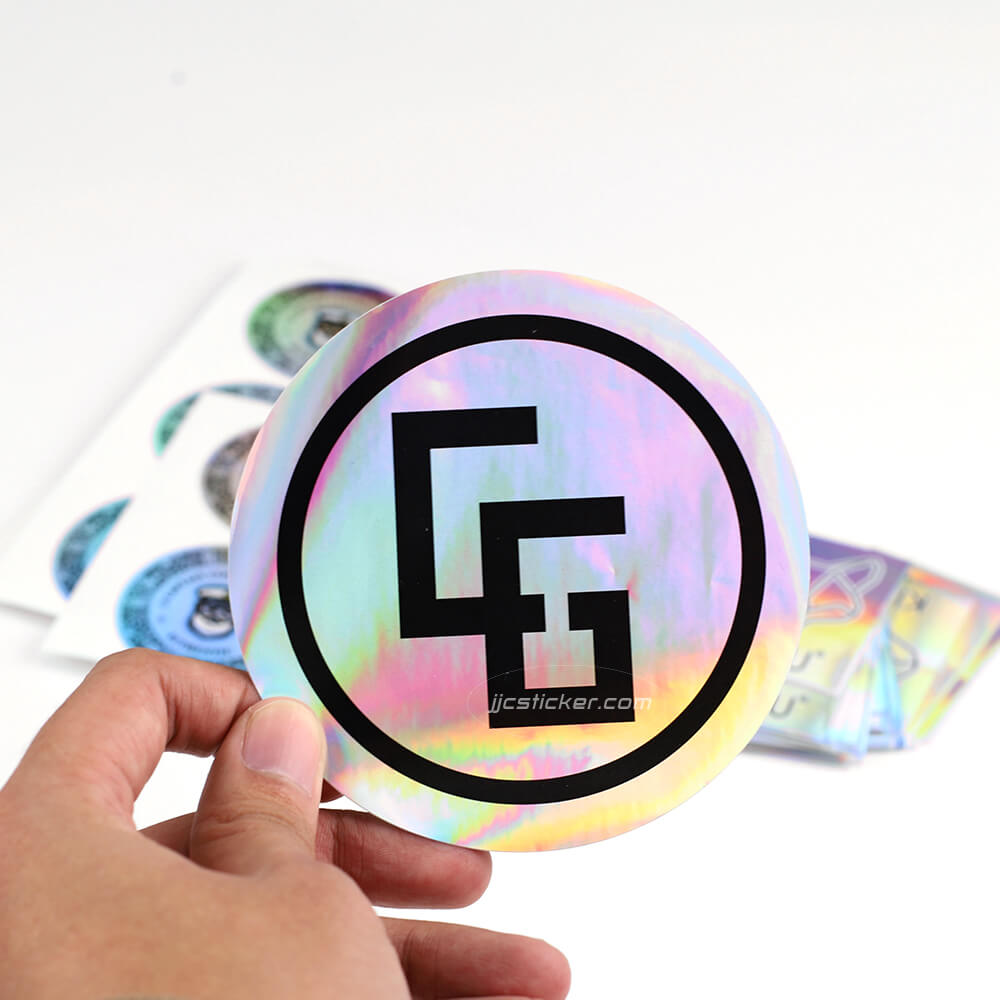
Holographic stickers are a vibrant and eye-catching type of sticker that reflects light and creates a mesmerizing holographic effect. They are made using a special tinted adhesive film that gives them a rainbow-like appearance. Holographic stickers are often used to capture attention, add a touch of flair, or enhance branding efforts.
The main advantage of holographic stickers is their ability to stand out and instantly draw attention due to their unique visual appeal. They are commonly used for product packaging, promotional materials, or as decorative elements on personal belongings. However, holographic stickers can be more expensive than other types, and the holographic effect may fade over time.
Epoxy Dome Sticker

Epoxy dome stickers, also known as 3D stickers or gel stickers, are made by covering a printed design or label with a clear, hard resin material. This process creates a raised, domed effect that not only gives the sticker a three-dimensional appearance but also protects it from fading and scratching.
The advantages of epoxy dome stickers are their high durability, weather resistance, and scratch resilience. They are commonly used for branding purposes, as well as on products that require a premium, glossy finish. However, epoxy dome stickers can be more expensive and may not be suitable for all types of designs due to their raised nature.
Puffy Sticker
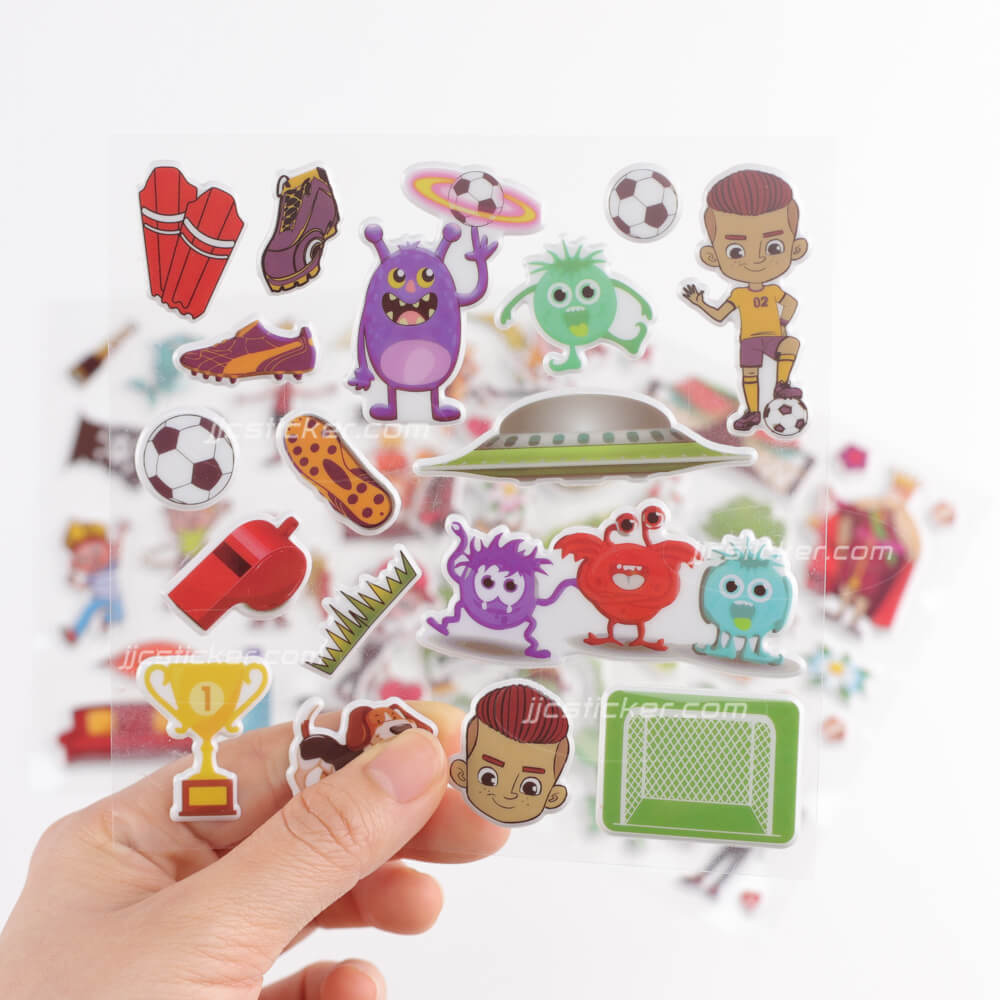
Puffy stickers, also known as foam stickers or dimensional stickers, are stickers with a three-dimensional, raised surface. They are made by using foam or similar materials to create a cushion-like effect. Puffy stickers are often used in children’s crafts, scrapbooking, or as decorative accents on notebooks, cards, and other personal items.
The main advantage of puffy stickers is their tactile and visually appealing nature. The raised surface adds depth and texture to any project. They are typically lightweight and easy to apply on flat surfaces. However, puffy stickers may not adhere well to uneven or curved surfaces, limiting their application possibilities.
Tattoo Sticker

Tattoo stickers, also known as temporary tattoos, are a popular type of sticker that mimics the appearance of a real tattoo. They are made using non-toxic ink and adhesive, allowing for temporary application to the skin. Tattoo stickers are often used for events, parties, or as a means of testing out a design before committing to a permanent tattoo.
The advantage of tattoo stickers is their versatility and temporary nature, allowing individuals to experiment with different designs and placements without long-term commitment. They are easy to apply and remove, making them a popular choice for children and adults alike. However, tattoo stickers may not last as long as other types of stickers, and their appearance may deteriorate over time.
Static Cling Sticker
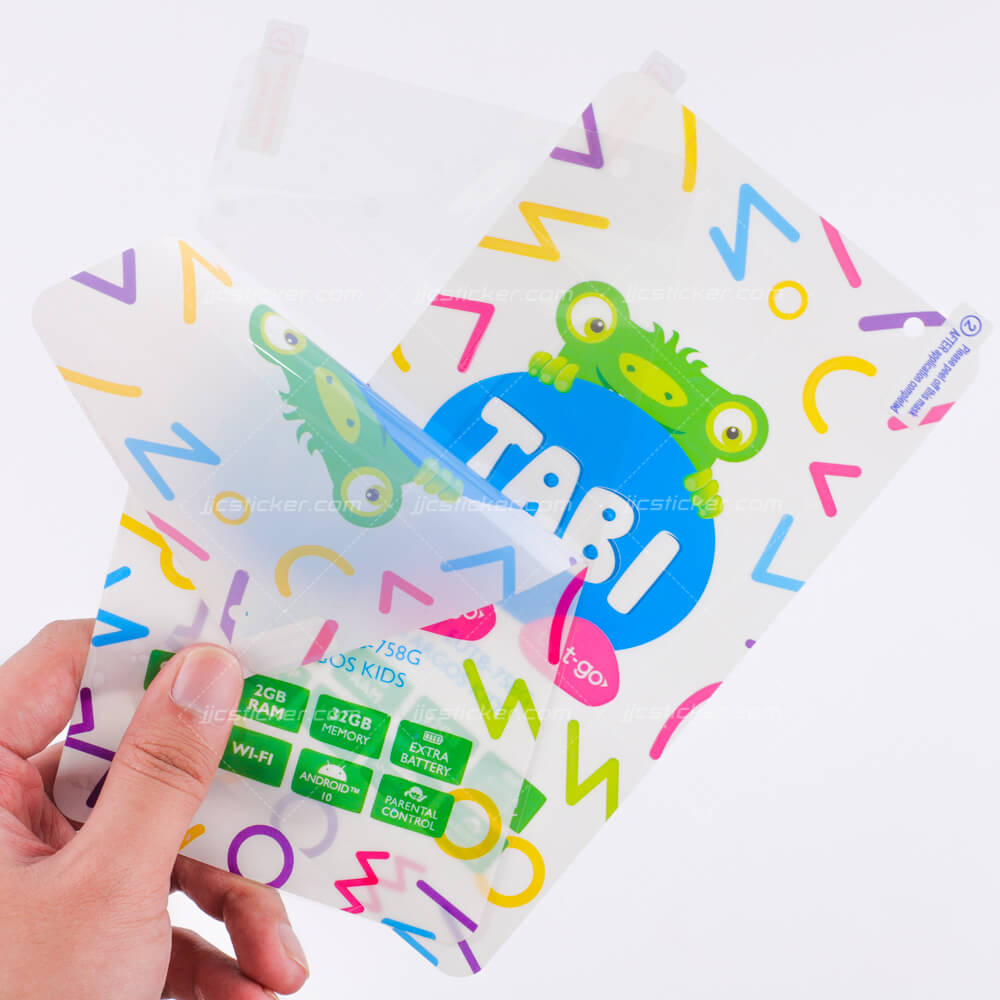
Static cling stickers, as the name suggests, adhere to surfaces without the use of adhesive. They are made from a thin, flexible material that utilizes static electricity to cling onto smooth surfaces. Static cling stickers are often used for window decals, retail displays, or promotions that require easy removal and repositioning.
The main advantage of static cling stickers is their ability to be easily applied, removed, and repositioned without leaving any adhesive residue. They are commonly used for temporary signage, seasonal decorations, or for providing information on glass surfaces. However, static cling stickers may not adhere well to rough or textured surfaces, limiting their application options.
Conclusion
In conclusion, stickers are a versatile and popular means of self-expression, promotion, and decoration. Whether it’s the classic paper sticker, the durable vinyl sticker, or the mesmerizing holographic sticker, each type offers its own set of advantages and disadvantages. The choice of sticker type depends on the specific requirements, intended use, and desired visual impact. With the wide range of options available, everyone can find the perfect sticker to suit their needs and add a touch of creativity to their surroundings.



